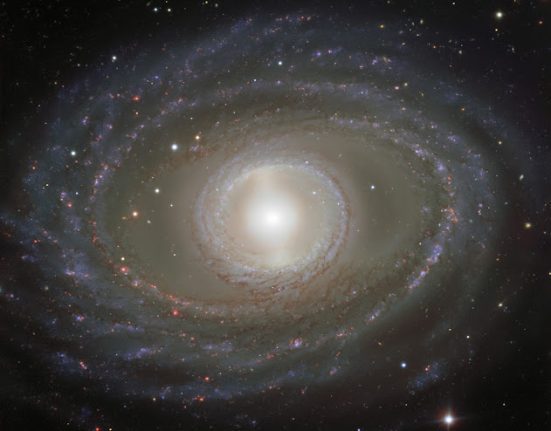PALO ALTO, California – The Center for Aerospace Autonomy Research (CAESAR) at Stanford University held an inaugural event on May 22 to highlight the industry-academia-government collaboration it seeks to foster.
“We founded CAESAR with the goal of addressing and solving the problem of spacecraft autonomy through the judicious incorporation of intelligent artificial components,” said Simone D'Amico, co-director of CAESAR and founding director of Stanford's Space Rendezvous Laboratory. “We want to develop novel algorithms at the intersection of artificial intelligence and guidance, navigation and control.”
Additionally, CAESAR researchers are developing a spatial-based model, a machine learning model trained with spatial data and fine-tuned for space-related tasks. The space-based model “will process various input modalities and sensors, both standard ones like language and video and space-specific ones like lidar, remote sensing data, and space object catalogs,” said Marco Pavone, CAESAR co-director and director from Stanford Autonomous Systems Laboratory.

Out of stealth
Although CAESAR officially launched on May 22, the organization has been operating in stealth mode for approximately nine months. During that time, students conducted research projects supported by NASA, SpaceWERX, the National Science Foundation, and CAESAR's founding corporate sponsors, Blue Origin and Redwire.
“The AI and space operations research results will be tremendously valuable to our technology roadmap and advance our products, including space domain awareness capabilities for a variety of customers,” said Al Tadros, chief technology officer. from Redwire, in a statement. “Enhanced AI capabilities could be transformative for servicing, guidance, navigation and control in space and autonomy for rendezvous and proximity operations, and a variety of complex mission requirements that Redwire is supporting for missions.” current and future.”
Early CAESAR projects focused on autonomous rendezvous, proximity and docking operations, as well as rapid characterization of space objects.
In the past, characterizing an unknown space object was a time- and data-intensive task, D'Amico said. CAESAR researchers demonstrated that a convolutional neural network, a type of deep learning algorithm, trained on a wide range of images and 3D spacecraft models can approximate the 3D model of an unknown spacecraft from a single image.
Stanford, NASA, US Space Force, Aerospace Corp. and industry speakers at CAESAR launch event underscored AI's potential to streamline space mission planning, improve situational awareness space and allow the autonomy of spacecraft and rovers.
“AI-enabled autonomy can transform the way we conduct space operations for the Department of Defense and the intelligence community,” said Mike Nemerouf, Aerospace Corp. director of innovation, science and technology in the Systems Architecture Division. Space. Onboard processors could merge data sets and transmit information to operators instead of transmitting disparate data streams that operators must decipher to make decisions.
Data shortage
Speakers also cited the challenge of applying AI to space missions. Next-generation AI components are not designed for the harsh space environment. The power of spaceships tends to be limited. And the data needed to train space-related AI models is often unavailable.
CAESAR researchers are addressing some of the challenges “using the latest advances in robotics and virtual reality to increase the technological readiness of new methods and algorithms,” D'Amico said.
For example, the movements of autonomous spacecraft are simulated on CAESAR's robotic test bench. “These testbeds are based on experience, lessons learned and results we get from actual flight missions,” D'Amico said.
D'Amico leads the Starling Optical formation flight experiment, known as StarFOX, a distributed optical navigation system for swarms of satellites.













Leave feedback about this